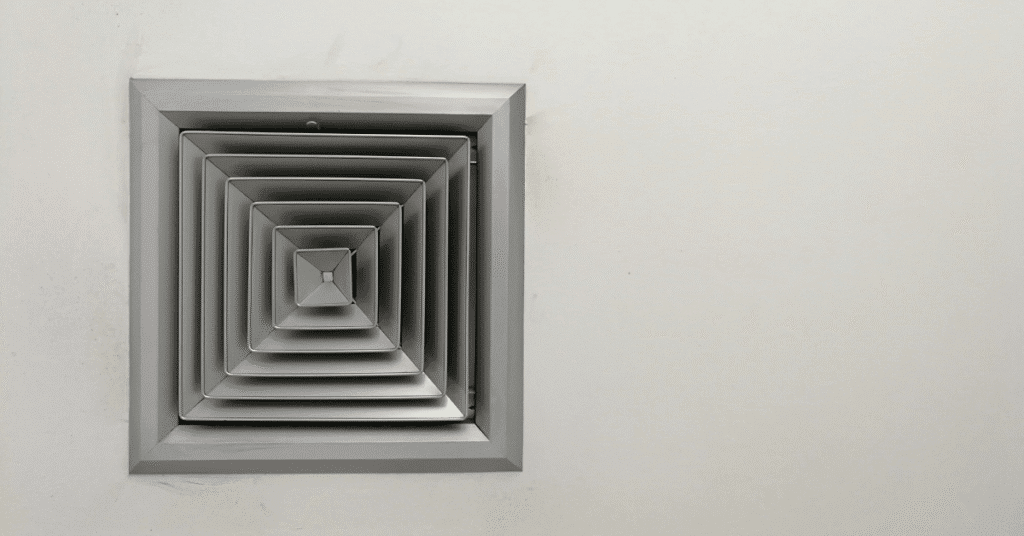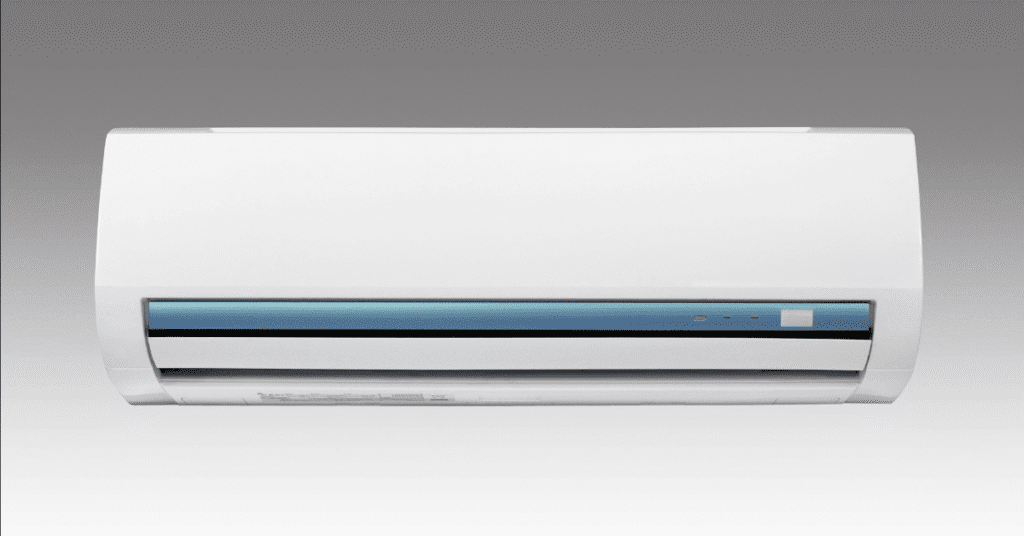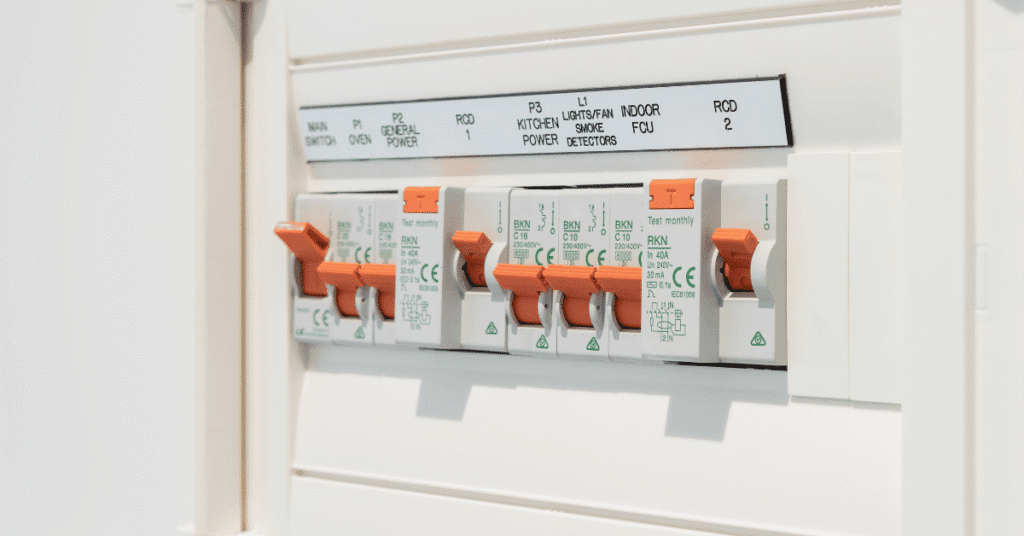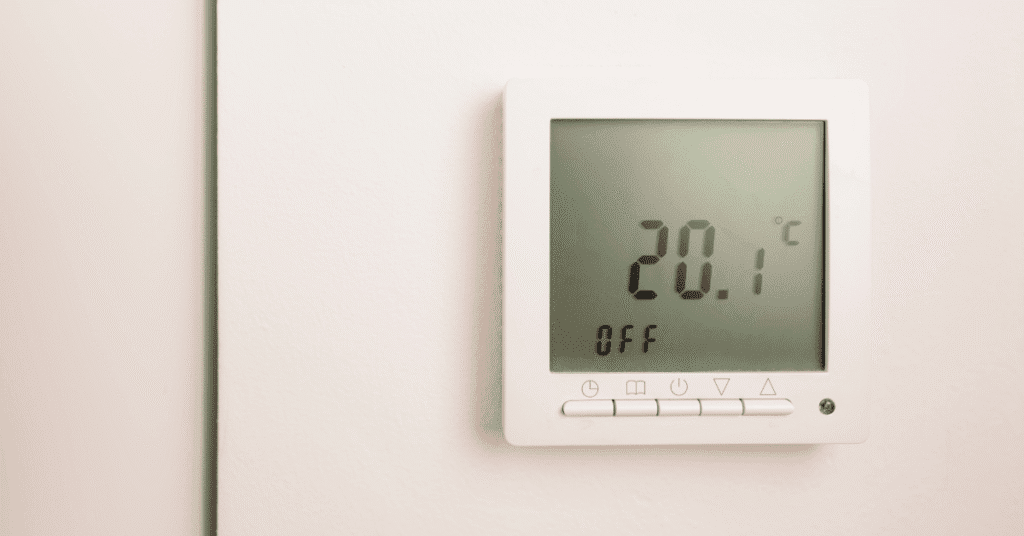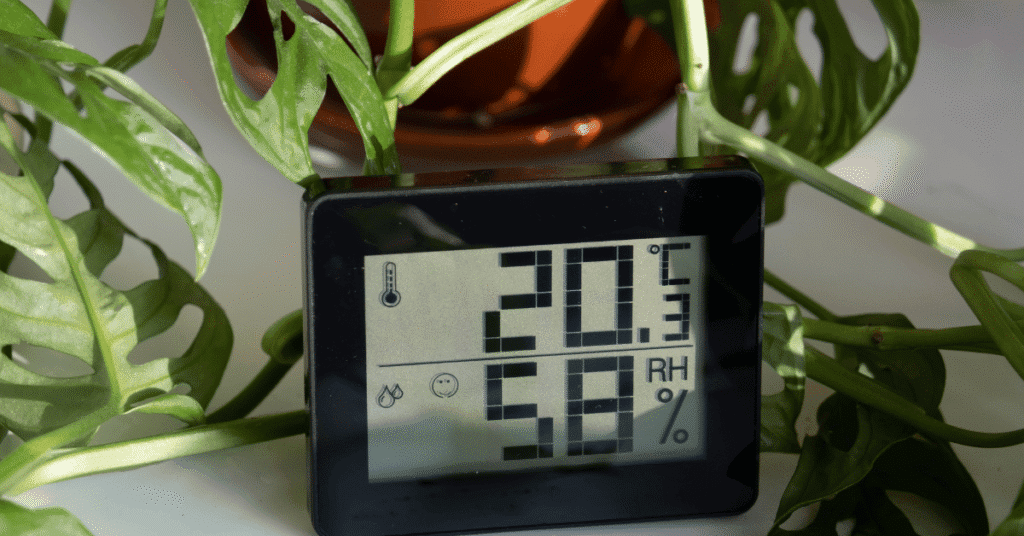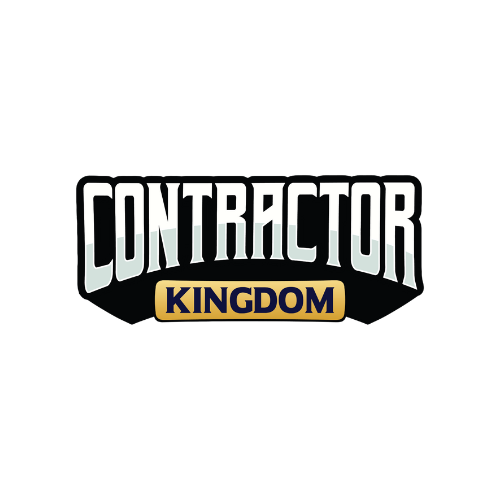When you’re exploring heating and cooling solutions for your home, you’ll often come across forced air and central air system options. While they sound similar, the two serve very different roles within an HVAC system. Forced air primarily refers to heating, while central air focuses on cooling. Knowing the difference between a central air vs forced air system can help you select the right setup, reduce energy costs, and maintain year-round comfort.
Below, we’ll explore how each system works, compare their benefits, and explain how forced air vs central air plays out in everyday use.
What is a Central Air System?
A central air system is built for cooling your home. The system uses an outdoor air conditioning unit that contains a compressor and condenser. It pulls warm air from inside, passes it through a cooling coil, and then distributes cool air back into rooms through the air duct system.
Many homeowners choose a central air conditioner or a central air conditioning unit because it keeps temperatures consistent and improves comfort across the entire home. Central air systems are often paired with a separate heating system, such as a furnace or heat pump, to form a complete heating and cooling system.
Unlike portable units, a central ac or central ac system can cool the air throughout your home efficiently while improving indoor air quality if filters are maintained properly.
What is a Forced Air System?
The term forced air refers to a heating system that delivers heated air throughout the house using ducts and a blower fan. Most homeowners use furnaces as forced-air furnaces, though some systems are often powered by electricity or propane.
A forced-air HVAC system pushes air through ducts, circulating heated air quickly across multiple rooms. Forced air systems are common in cold climates because they deliver warm air effectively.
Sometimes people refer to furnaces as forced-air systems, which highlights the way air is circulated by fans instead of radiators or boilers. When combined with a central air conditioning system, this design becomes one of the most reliable heating and cooling systems available.

Central Air vs Forced Air – Key Differences
Many homeowners confuse the terms “central air” and “forced air.” In reality, these systems complement each other but do not serve the same purpose.
| Feature | Central Air System | Forced-Air System |
| Main Function | Cooling system for the home | Heating system for the home |
| Energy Source | Electricity, refrigerant cycle | Natural gas, propane, or electricity |
| Components | Compressor, condenser, evaporator coil, air handler | Furnace, blower fan, heat exchanger |
| Use | Warm months, distributes cool air throughout your home | Cold months, distributes warm air |
| Pairing | Often paired with forced air heating systems | Can share ducts with central air conditioning |
This forced air vs central air distinction is crucial. The central air system may be dedicated to cooling, while a forced-air and central air setup together handles both heating and cooling.
Do They Work Together?
Yes. Many homes rely on a central air and forced air combination. A central air conditioner cools during the summer, while a forced-air furnace provides winter heating. The two share ductwork, which helps improve air quality and simplifies maintenance.
This setup forms the backbone of most air HVAC systems, delivering better indoor air quality, steady air movement, and efficiency compared to having separate standalone units.
Pros and Cons of Central Air Conditioning
Pros:
- Provides cool air throughout the house evenly.
- Operates quietly compared to window units.
- Can be connected to existing ductwork.
- Adds value to the property.
Cons:
- Installing a central air system can be costly.
- Requires duct cleaning, repair, and regular maintenance.
- Works only as a cooling system, not for heating.
Pros and Cons of Forced-Air Heating Systems
Pros:
- Distributes hot air and heated air throughout the home quickly.
- Works with smart thermostats for efficient control.
- Can be paired with a central air conditioning unit for full comfort.
- Systems are known for fast response and affordability.
Cons:
- Uneven heating may occur if ducts aren’t designed properly.
- Air quality can decline without filter cleaning.
- Older forced-air heating systems can be noisy.

Choosing Between Forced Air and Central Air
When deciding between forced air and central air vs, homeowners should consider:
- Climate needs – Four-season areas benefit from a combination.
- Home size – Larger homes need complete air HVAC systems.
- Energy source – Compare gas, propane, or electric costs.
- Infrastructure – Homes with ducts already installed make pairing easier.
- Future plans – A long-term investment in central air and forced-air systems pays off.
Remember, systems typically require professional installation for best results.
Role of Installation and Maintenance
Any HVAC system must be installed properly to function well. Poor sizing or duct design can lead to air back issues, inefficiency, or high costs. Always have licensed professionals install your new system.
Routine maintenance is equally important:
- Replace filters regularly.
- Schedule annual tune-ups for your air conditioning unit and connecting parts.
- Get ducts inspected for leaks or dirt buildup.
- Keep up with cleaning to improve air quality.
Doing so prevents breakdowns, reduces costs, and keeps air throughout the house healthy.

Final Thoughts
The difference between central air and forced air systems lies in their purpose. Central air systems are dedicated to cooling, while forced-air heating systems supply warm air in winter. Together, these central air and forced air setups create reliable comfort and improving air quality and naturally regulating your home’s climate.
When comparing forced-air and central air, remember that systems can help you make better choices by balancing heating and cooling needs. If you’re unsure, work with a professional to guide installation, repair, and ongoing cleaning to ensure your system lasts.



